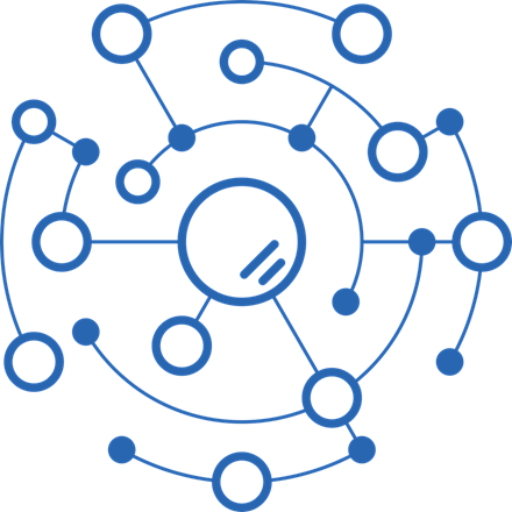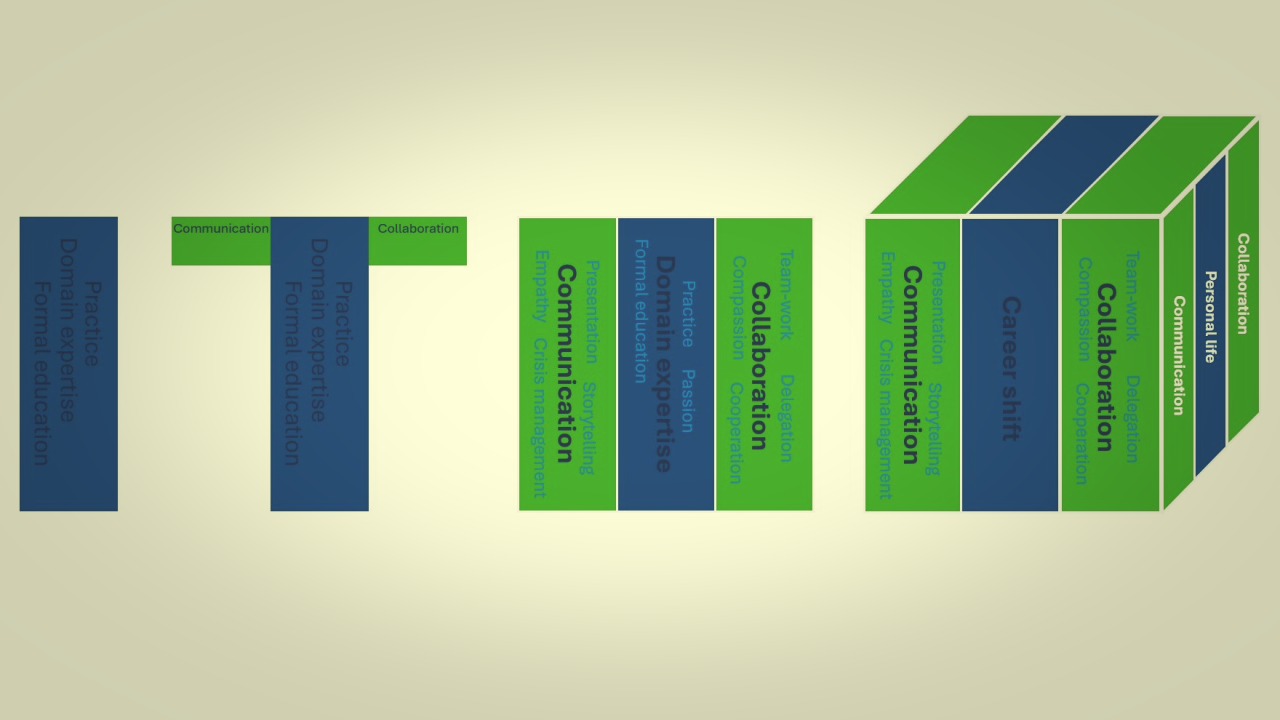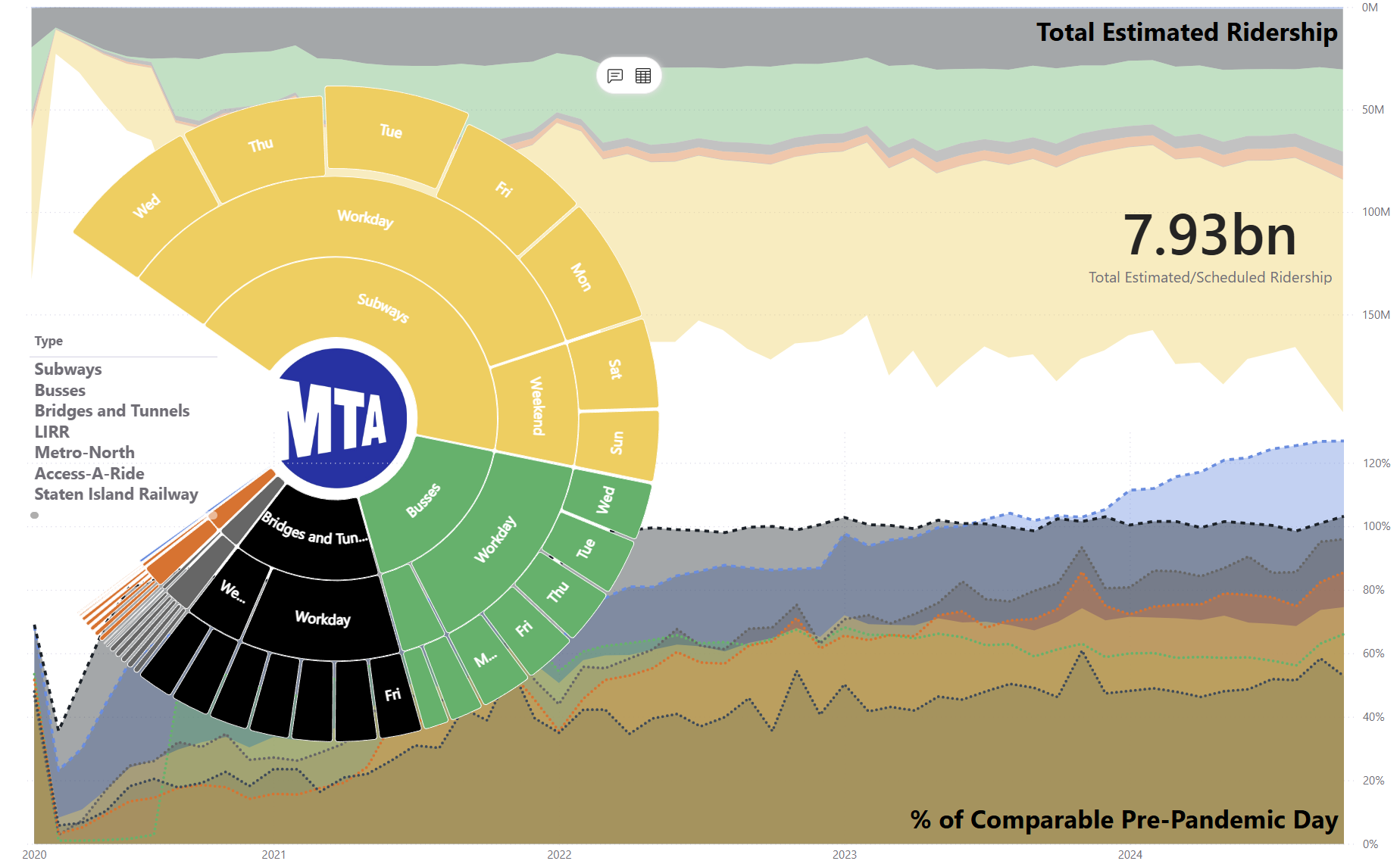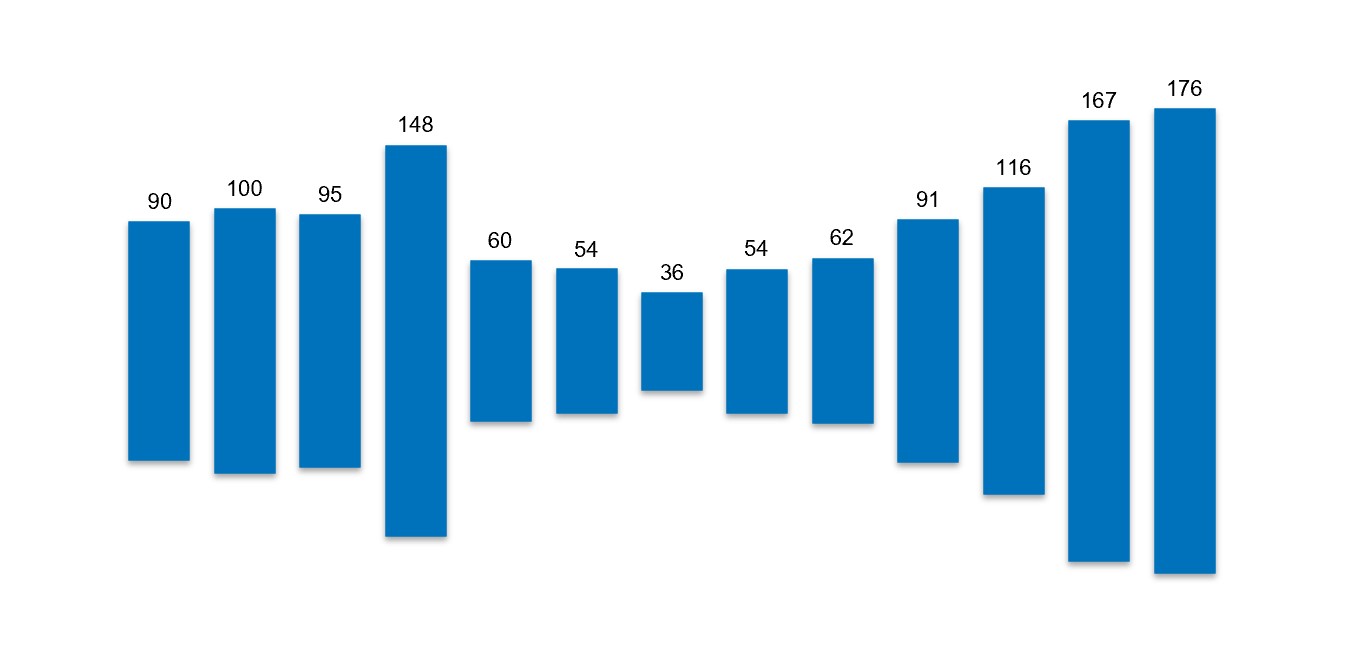The Career Trajectory No One Maps For You
In the world of professional development, we often discuss skills in terms of shapes – visual metaphors that capture how our capabilities evolve. After 20 years in my career, I’ve observed a pattern that isn’t discussed enough: the three-dimensional evolution of leadership capability.
Phase 1: The I-Shape – Depth Before Breadth
:.: Depth First: The Essential Starting Point
Most careers begin with a singular focus – becoming exceptional at one thing. This is the “I-shape” phase, where we invest thousands of hours mastering our craft, whether that’s coding, design, financial analysis, or any specialized domain.
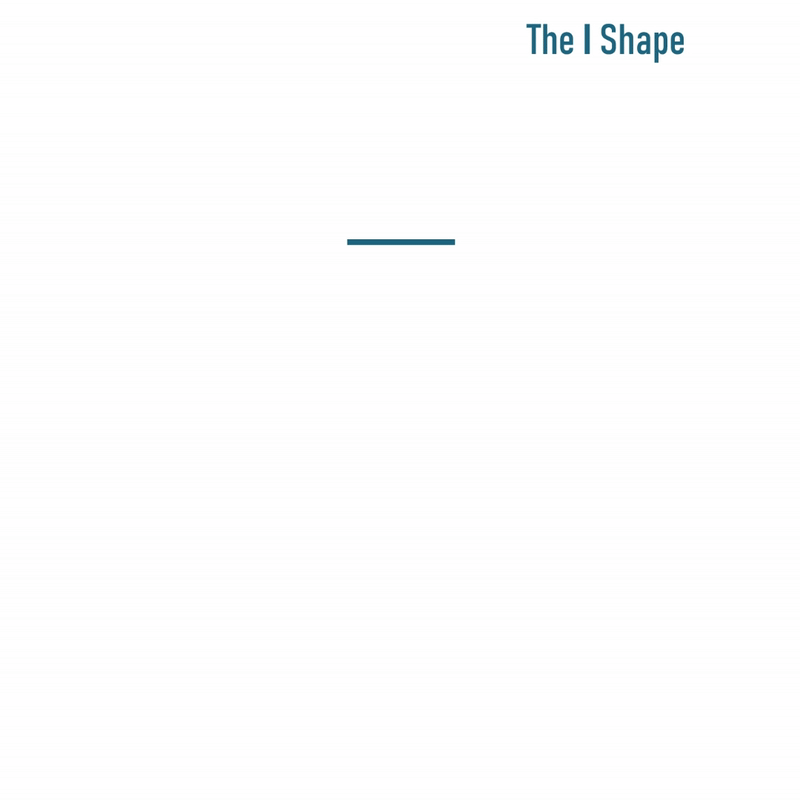
Real-world example: Think of the early-career software developer who says, “I just want to write clean code and solve hard technical problems.” Their conversations are filled with technical jargon and deep expertise. You’ll hear them say things like, “I spent the weekend mastering that new framework” or “Let me show you this elegant solution I found.” Their value is in their specialized knowledge.
This depth matters immensely. It builds credibility, creates tangible value, and forms the foundation of professional identity. It helps to stand out in a noisy world. But as we progress, something interesting happens: the greatest opportunities emerge not at the center of our expertise, but at its edges – where our knowledge intersects with other domains.
This is where the transformation begins.
Phase 2: The T-Shape – The Power of Connection
.:. Filling in the Gaps They Never Taught Us
As our vertical expertise grows, we discover the limitations of depth alone. The “T-shape” emerges when we extend horizontally, developing crucial capabilities in communication and collaboration.
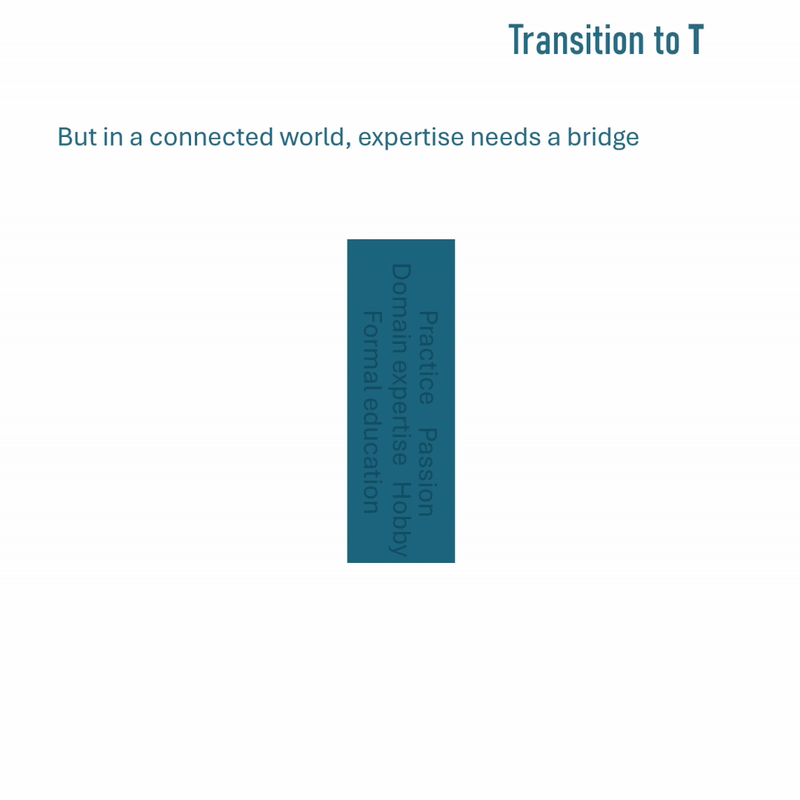
Real-world example: This is the mid-career professional who realizes technical skills aren’t enough. You’ll hear them say things like, “I need to learn how to explain these concepts to non-technical stakeholders” or “I’m working on being more effective in cross-functional meetings.” They’re still proud of their technical skills but recognize the need to bridge across teams. They begin asking questions like, “How will this impact the marketing team?” or “Let me understand your business objectives before I propose a solution.”
These aren’t just “soft skills” – they’re human skills. They’re how expertise becomes influence. How individual contribution becomes team momentum. They’re how technical brilliance transforms into solutions that actually get implemented.
Most professionals underinvest in these capabilities early in their careers, treating them as secondary to technical mastery. But those who deliberately develop them experience acceleration in both impact and advancement.
Phase 3: The Square – Becoming Whole at Work
::: Where Balance Creates Opportunity
The journey continues as communication and collaboration stop being “add-ons” and become core strengths developed with the same intentionality as core/technical expertise.

Real-world example: This is the seasoned professional who can seamlessly translate between different worlds. In meetings, they’re the ones saying, “What our technical team means is…” or “From a business perspective, this would give us…” They actively bridge conversations and create understanding. You’ll hear them talk about “organizational context” and “stakeholder needs” with the same depth they once reserved for technical discussions. They might say, “Before we dive into the details, let’s align on what success looks like for everyone in this room.”
This is where the T-shape fills out into a square – representing the balanced professional who brings both deep domain knowledge and exceptional people skills to every situation. This completeness makes you valuable beyond your title or role description.
At this stage, doors begin opening. New opportunities emerge. Your perspective is sought out not just for what you know, but for how effectively you can translate that knowledge into collective action.
Phase 4: The Cube – Leading Across Dimensions
… Some Skills Follow You Everywhere
The final transformation is from square to cube – adding a dimension that represents transferability across contexts.
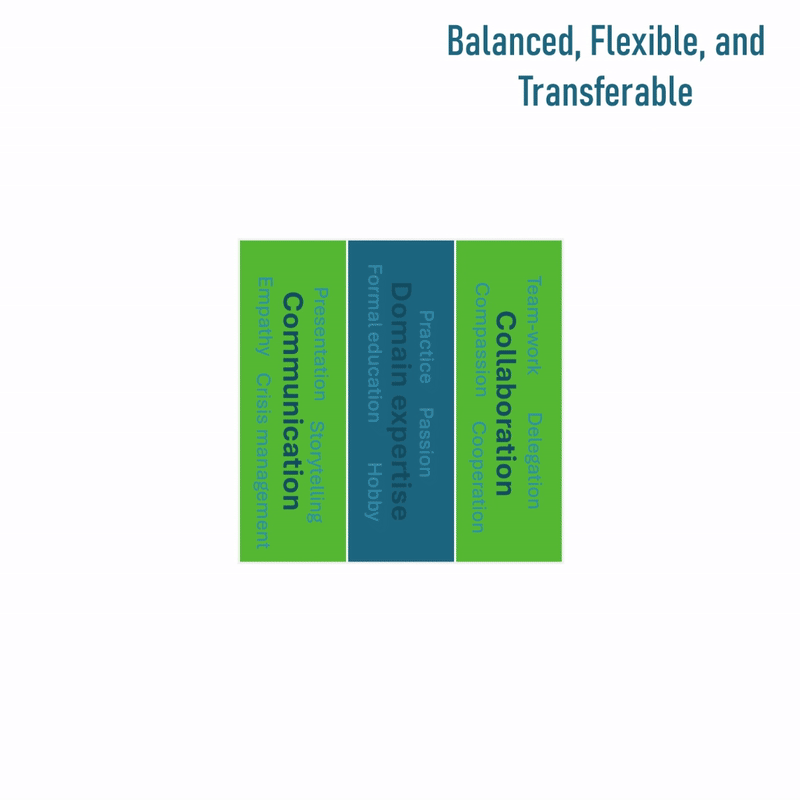
Real-world example: A tech executive pivoted to lead a healthcare nonprofit despite having zero healthcare experience. At her first board meeting, while experts debated technical details, she cut through: “This isn’t about systems – it’s about restoring dignity to patient care.” She then mapped how disparate departments could create something transformative together. Within months, she united technical teams, clinicians, and administrators behind a vision they’d previously thought impossible. Her secret? “The technical context changed completely, but the fundamentals of aligning people behind meaningful change remained identical.”
The most resilient professionals invest in skills that transcend specific roles or industries. Communication, collaboration, and adaptability become the foundation for reinvention and relevance in any environment – whether facing a career pivot, industry disruption, or personal life transition.
These capabilities earn trust, create connections, and provide a “pole position” advantage in new situations. While technical skills might get you into the room, these transferable skills determine how people listen when you speak – and what they remember when you leave.
The Leadership Shape That Matters Most
This evolution – from I to T to Square to Cube – isn’t just about career progression. It’s about developing wholeness as a professional and as a person.
Real-world transformation: Consider how professionals talk about their work at different stages:
I-Shape: "I'm a Python developer specializing in machine learning algorithms."
T-Shape: "I'm a machine learning expert who helps product teams understand what's possible with our data."
Square: "I bridge the gap between our technical capabilities and business needs, using my background in machine learning to create solutions that actually get adopted."
Cube: "Whether I'm leading a technical team, mentoring startups, or navigating a career pivot, my ability to translate complex ideas and build consensus has been my most valuable asset."
Technical depth will always matter. But in a world of increasing complexity and constant change, the ability to communicate with clarity and collaborate with purpose has become the differentiating factor in careers that continue to grow and adapt.
The cube represents leadership in its fullest form – expertise that’s balanced, flexible, and transferable across all dimensions of professional life and personal matters.
